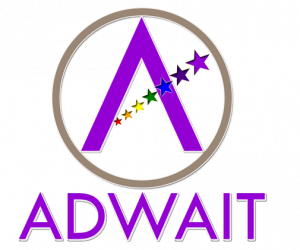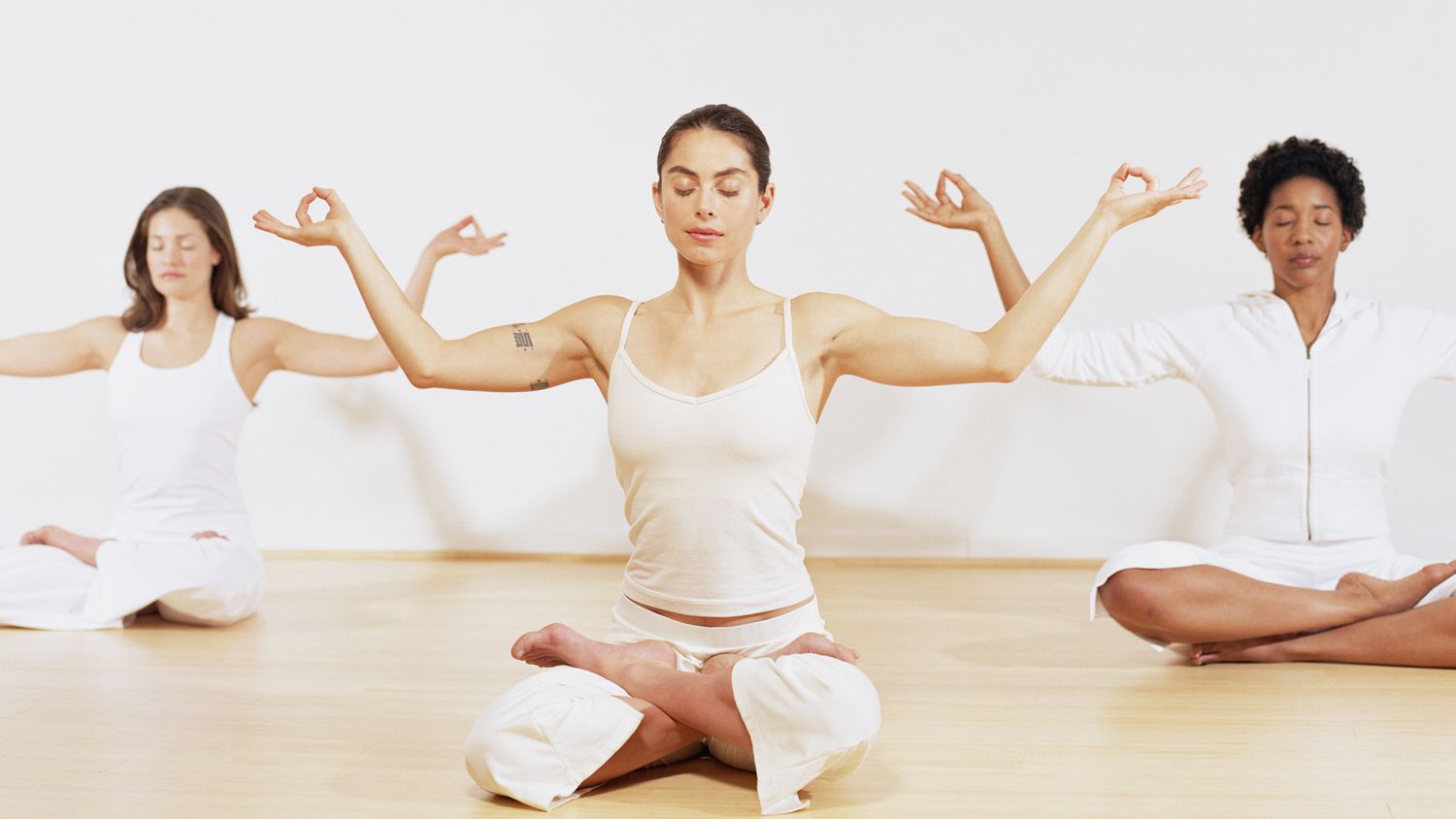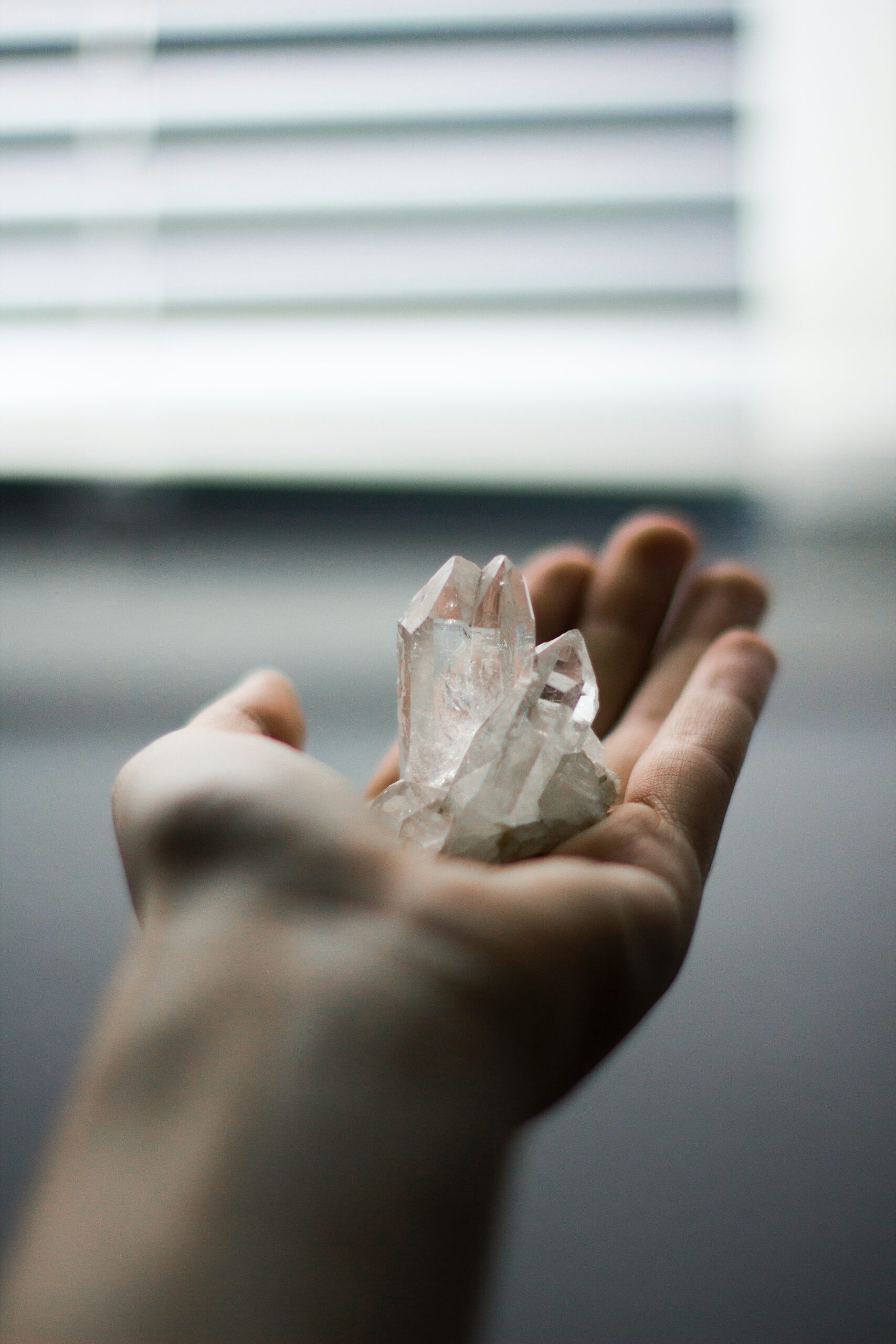Several Yoga poses can help you stretch tight calves. It stretches our legs and buttocks and relieves back pain. To practice, these Yoga postures stretch the hip joint and deep external rotators. This Yoga poses is a great way to stretch our whole back, including our thoracic and lumbar spine, glutes, and hamstrings. It is also helpful to stretch our calf muscles.
To relieve tight calves, try yoga poses that target the calf muscles. Performing one leg at a time while keeping the other leg extended provides targeted relief. In addition, many of these poses people experience when walking, make them ideal for tight calves. Many yoga poses for tight calves involve bending the knees and stretching the calves.
Adho Mukha Svanasana (Downward facing Dog pose)

Adho Mukha Svanasana is an easy and effective yoga pose for tight calves. You can also perform this pose in a chair. To perform this pose, begin with a downward dog pose. Then, bend the knees.
It is one of the most basic postures in yoga. It is easy to perform and should be a regular part of your yoga practice. As with any Yoga pose, it is essential to perform the position correctly for optimal effect.
Adho Mukha Svanasana is a pose that engages the hamstring muscles and lengthens the spine. It is performed with the hands shoulder-width apart and feet hip-width apart. This pose requires the practitioner to engage the core and maintain proper body alignment.
Downward-Facing Dog is another posture that stretches the calf muscles. While in this posture, it is important to spread the shoulder blades wide and press through the back heel. Hold the pose for two or three breaths.
Adho Mukha Svanasana also stretches the legs, back, and shoulders and helps improve flexibility. These exercises also help strengthen the legs’ tendons, muscles, and joints. They can also help relieve stiffness in the ankles and wrists.
Paschimottanasana (Seated Forward Bend Yoga Pose)

If you’re looking for the best Yoga for tight calves, Paschimottanasana may be the right pose. This forward bend improves posture by creating more space in your hamstrings, which is crucial to preventing lower back pain. Practicing this pose will also increase your flexibility and loosen your hamstrings. Here are the key steps to follow for successful practice.
The first step to performing this pose is to bend your knees. Bend them as far as you can. Be gentle and try not to strain the calf muscles. Be sure to practice it twice during class.
Once you have mastered the basics of the forward fold, you can move on to Paschimottanasana. This posture recruits your calf muscles as you support your body weight on one leg. You can use blocks or a blanket to assist you in the downward bend.
Performing Paschimottanasana regularly will help you get more stretch in your calves. It also simulates walking, which helps you get a better grip on your legs and release the tension. Try this pose at least three to four times per week.
Paschimottanasana helps stretch the entire back and the legs, arms, and hamstrings. It improves circulation, strengthens the back, and helps relieve mild depression and stress. It also regulates the adrenal glands and balances the nervous system.
Pasvottanasana (Pyramid Yoga Pose)

If you want to stretch tight Calves, try Parsvottanasana. This pose involves bending your front knee while pressing your calf muscles back and forth. It must also engage the back of the calf to achieve a flat stretch.
Parsvottanasana is an intense side stretch pose that focuses on alignment and strength. It is also called Pyramid Pose. It helps stretch tight calves by providing a strong foundation in the legs and hips.
This pose also works the legs and improves the circulatory system. It stretches the calves by opening the hip flexors and releasing stiffness. It also detoxifies your mind and body. This is a great way to relieve tight calves and stretch tight hips and thighs.
Parsvottanasana is also known as Pyramid Pose or Intense Side Stretch Pose. It is a tough posture that can be challenging, especially if your hamstrings are tight. To practice this pose safely, use props. You can also practice the pose using a wall.
While performing this pose, make sure to keep the legs straight. Make sure your back is flat and the front heel of your left leg has aligned with the center of your back instep. When you perform this pose, your pelvis should be square with the front of the mat. It should also draw your shoulder blades back. Your forehead should also be over your left knee and shin.
Ardha Hanumanasana (Half Monkey Yoga Pose)

Ardha Hanumanasana targets the calf muscles and helps to loosen up the calves and hamstrings. This pose works the calf muscles in various ways, and it is an ideal choice for people who suffer from tight calves. The forward fold in this pose stretches the calves by engaging the entire leg, bringing the heel and ball of the foot together. It can modify it by bending the knee of the lowered leg, which helps scissor the legs.
Ardha Hanumanasana involves a challenging leg, core and arm workout. This Yoga pose is not for you if you have any hip or pelvic floor issues. It also requires a balance between the front and back legs. If you have tight calves, it can be challenging to perform.
The half-split is the final part of Ardha Hanumanasana. It helps lengthen the front leg hamstrings and stretch the hips and hamstrings. To achieve full splits, practice on both sides equally. The goal is to reach full splits within a month. Practicing yoga on both sides can help you reach full splits. Stretching for 10 to 15 minutes daily can dramatically improve your flexibility and help you achieve full splits.
Ardha Hanumanasana also involves stretching the hamstring in the right leg. In this asana, you must bend your lower back and spine to stretch the right hamstring. You can also use a folded blanket to support your leg as it stretches.
Malasana (Garland Yoga Pose)

The Seated Forward Bend, or Malasana, is a great way to stretch your calves. It involves pulling the ball of your foot towards your face and pressing the heel with your other foot. It can modify this exercise by bending the knee of your lower leg to a 90-degree angle. They stretch the calf muscle, which helps scissor the legs.
The first thing to know before practicing Malasana is that it can be difficult. The main point is to find the correct alignment. The pose will initially feel uncomfortable, but regular practice will make it easier. To perform it correctly, having a straight and stable spine is important.
Place a blanket or block underneath your feet to make the pose easier. You can also use blocks under your butt and elbows to put pressure on your knees. You can also turn your torso to the left while holding this pose. Remember to keep your right hand on the floor so that you can support your back with your left hand.
Tri Pada Adho Mukha Svanasana

Tri Pada Adho Mukha Svanasana is a yoga posture grouped under the hips category. It works the hip flexors, Calves and psoas by stretching and lengthening them. It also lengthens the lower back and opens the hips. You should stay in this posture for thirty to sixty minutes.
Tri Pada Adho Mukha Sva Nasana has three pillars, which help build strength. Make sure to pay attention to the outward rotation of your upper arms and your pronation of the forearms while performing this pose.
Hamstrings are another muscle group to target. These muscles are responsible for extending the thigh to the back of the leg. They can cause a rounded back and a reduced range of motion if they are tight. It can lead to lower back pain. Try to practice basic yoga poses to increase the flexibility of your hamstrings and calves.
To perform Tri Pada Adho Mukha Svaana, you should start by lying on a tabletop. Make sure you have your legs together. Then, place your hands on your thighs. This position helps you to stretch your calf muscles by pressing on them.








